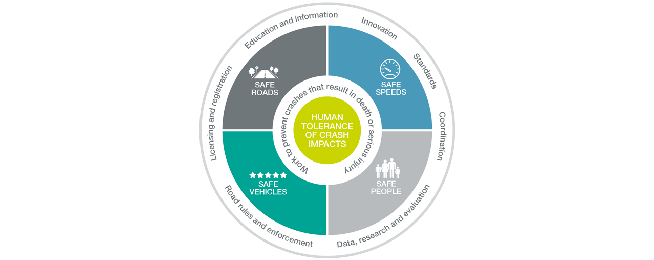Is Australia in the midst of a worsening road safety crisis?
A new report suggests that road trauma costs the Australian economy nearly $30 billion a year, and has done since 2011.
Commissioned by the Australian Automobile Association (AAA), the “Cost of road trauma in Australia” report, by Economic Connections, quantified the cost per annum at current levels by measuring loss of life and well-being, vehicle damage and disability care ($29.7 billion), and the cost to government in the form of lost taxation, income support, and health and emergency services costs ($3.7 billion).
The AAA, which is the national body representing all Australian state and territory motoring clubs, contends that no Australian agency has previously undertaken such a comprehensive measurement of the economic burden of road trauma.
The AAA Chief Executive Michael Bradley said, “The numbers we’re releasing today clearly demonstrate our current approach is neither effective nor proportionate, and that Australia needs an urgent response from our national government in the form of greater leadership and greater funding.”
The AAA welcomed the announcement of an inquiry into the National Road Safety Strategy Federal Minister for Infrastructure and Transport Darren Chester.
“Australia’s National Road Safety Strategy, signed by all Australian governments in 2011, aims to reduce road deaths and injuries by at least 30 per cent by 2020. However the number of road fatalities is largely unchanged since 2011, while Australia remains unable to accurately quantify serious road injuries.”
Following the release of our own crash report, along with recent cycling trauma statistics, Bicycle Network is currently working on a submission to the inquiry to ensure a greater emphasis on protecting our most vulnerable road users.
We must ensure that all levels of government are held to account over the implementation of strategies that reduce risk for people who ride bikes as well as all other road users.
As we look to future proof our transport networks, now is not the time for complacency.


